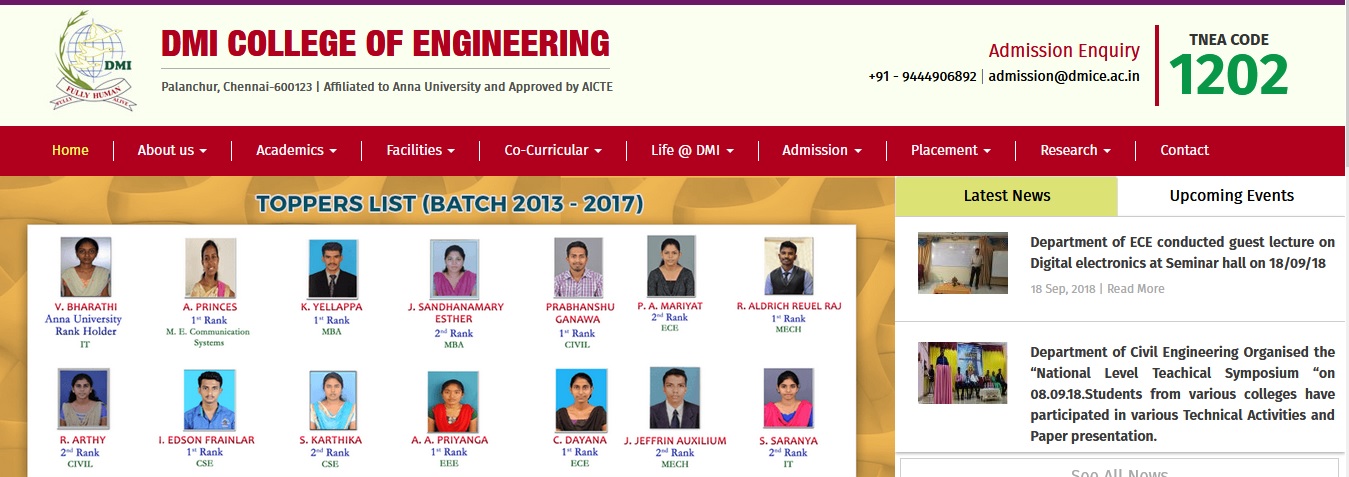CS2304 System Software Question Bank : dmice.ac.in
Name of the College : DMI College OF Engineering
Subject : System Software
Website : dmice.ac.in
Document type : Question Bank
Download System Software Model Question Paper : https://www.pdfquestion.in/uploads/dmice.ac.in/1360-CS2304.doc
DMI System Software Question Paper
UNIT I
PART-A :
1. Define System Software. Give examples.
2. How the target address will be calculated in relative addressing mode.
3. Compare RISC and CISC machines.
4. What is conditional code instruction?
Related : DMI College OF Engineering CS2301 Software Engineering Question Bank : www.pdfquestion.in/1352.html
5. What is the difference between the instructions LDA #3 and LDA THREE?
6. Write the sequence of instructions to perform the operation BETA = ALPHA + 5 USING SIC/XE instructions.
7. What is the name of X and L register in SIC machine and also specify its use.
8. Write the sequence of instructions to perform the operation BETA = ALPHA + 1 using SIC instructions.
9. Consider the instructions in SIC/ XE programming
10 1000 LENGTH RESW 4
20 —– NEW WORD 3
What is the value assign to the symbol NEW?
10. Give any two differences between base relative addressing and program counter relative addressing used in SIC/XE.

11. Following is a memory configuration:
Address Value Register R
1 5 5
5 7
6 5
What is the result of the following statement?
ADD 6(immediate) to R (indirect)
12. What are the instruction formats used in SIC/XE architecture? Give any one format.
13. What are the addressing modes used in VAX architecture?
14. What are the types of I/O instructions available in SIC machine?
15. Differentiate trailing numeric and leading separate numeric.
16. Define Compiler and Interpreter.
17. What are the different addressing modes in SIC/XE.
18. What are the additional registers provided in SIC/XE than SIC?
19. How floating point data type is represented in SIC/XE.
20. How do you calculate the target address in direct and indirect addressing mode of SIC/XE architecture?
PART-B :
1. Explain in detail, the architecture of SIC/XE machine.
2. Explain with diagram SIC machine architecture.
3. Write short notes on
i) data formats and instruction formats
ii) IO programming
4. Write a program for Sample indexing and looping operation in SIC and SIC/XE machine.
5. Explain the various addressing modes and instruction formats of SIC/XE machine.
6. Give examples of a) data movement operations and b) arithmetic operations of SIC/XE.
7. Explain briefly i) SIC/XE data formats ii) Pentium Pro architecture.
8. i) Write a sequence of instructions for SIC to set ALPHA equal to the product of BETA and GAMMA.
ii) Write a sequence of instructions for SIC to clear a 20 byte string to all blanks.
9. Explain the various addressing modes supported by SIC and SIC/XE with examples.
10 i) Suppose that ALPHA is an array of 100 words. Write a sequence of instructions for SIC/XE to set all 100 elements of the array to 0. Use immediate addressing and register-to-register instructions to make the process as efficient as possible.
ii) Write SIC instructions to swap the values of ALPHA and BETA.
UNIT II
PART-A :
1. Define the basic functions of assembler.
2. What is the use of the assembler directive START?
3. What is a program block?
4. What are the functions of EXTREF and LTORG assembler directives.
5. Differentiate literals and immediate operands.
6. Can an assembler have a single pass? What are the advantages and limitations?
7. what are different assembler directives?
8. What is use of Location counter (LOCCTR) in assembler?
9. Consider the following sequence
X EQU Y
Y EQU Z
Z RESW 1
Can a two pass assembler resolve such a sequence of definition? Justify your answer.
10. Differentiate the assembler directives RESW and RESB.
11. What are the symbol defining statements generally used in assemblers?
12. What is the need of SYMTAB (symbol table) in assembler?
13. Define relocatable program.
14. Give any two advantages and disadvantages of one pass assembler over multipass assembler.
15. What is the difference between the assembler directive EXTREF and EXTDEF.
16. How the register to register instructions are translated in assembler?
17. How assemblers handle forward reference instructions?
18. What is the need of OPTAB (Operation code Table) in assembler?
19. What are the two different types of jump statements used in MASM assembler?
20. Differentiate absolute expression and relative expression.
PART – B :
1. Define the basic functions of assembler and explain in detail the two-pass assembler algorithm with an example.
2. What is forward reference? Explain one pass assembler with an example.
3.i) Explain in detail the features of MASM assembler for pentium system.
ii) What type of statements cannot be handled by a two pass assembler and how are they handled by a multipass assembler.
4. Discuss in detail design of pass1 of two pass assembler.
5. Explain pass 2 of two pass assembler with algorithm and example.
6.Explain various machine independent features of assembler.
7. i) What are the data structures used in assembler? Discuss how these structures are organized?(6)
ii) Explain the concept of program relocation?(10)
8. Explain the functioning of a) Load and go assemblers and b) multipass assemblers
9. Explain various machine dependent features of assembler.
10. Explain in detail assembler data structures and their formats.(16)